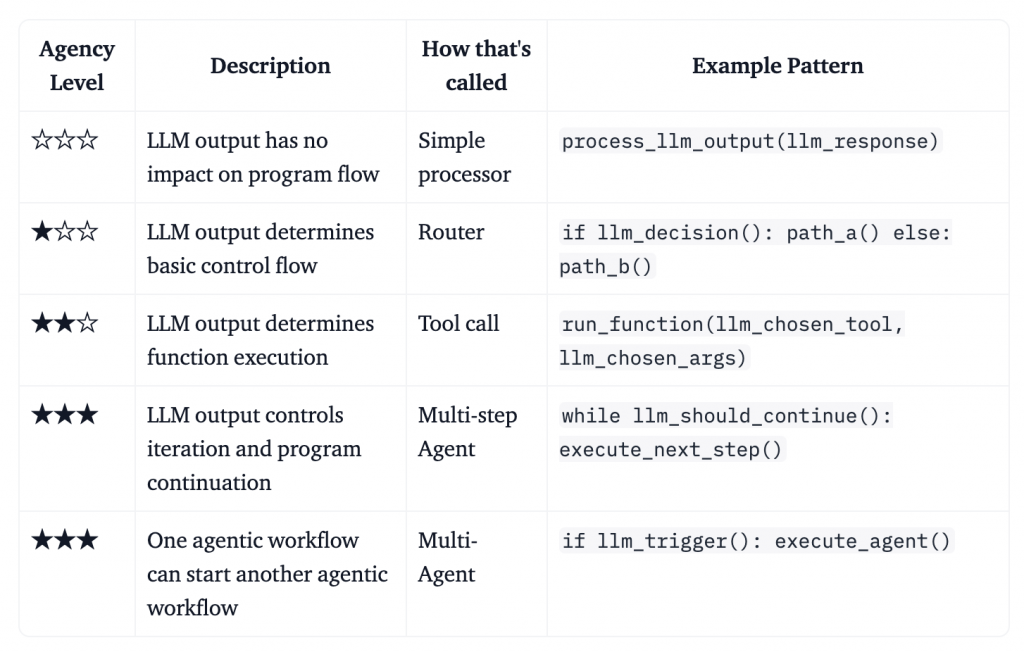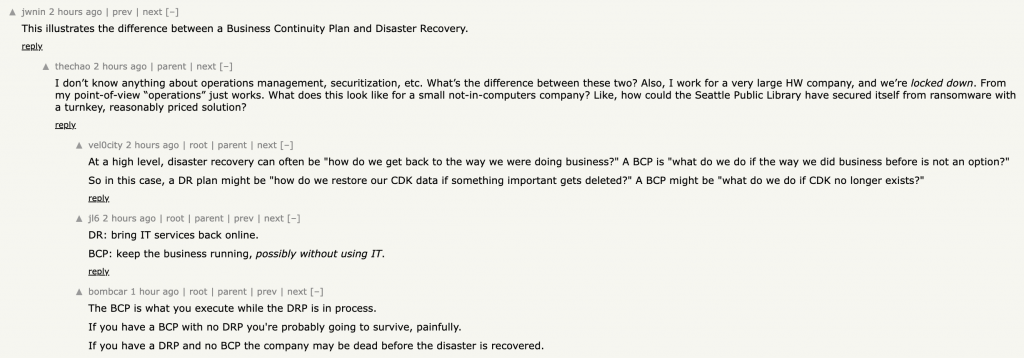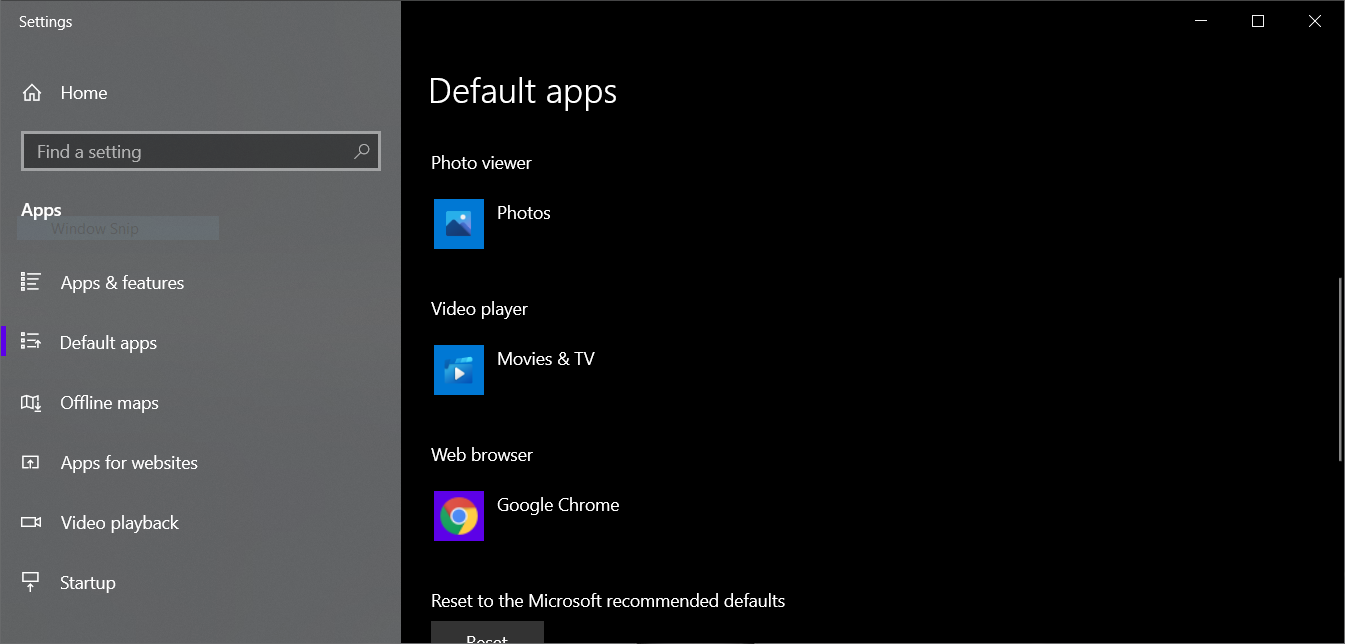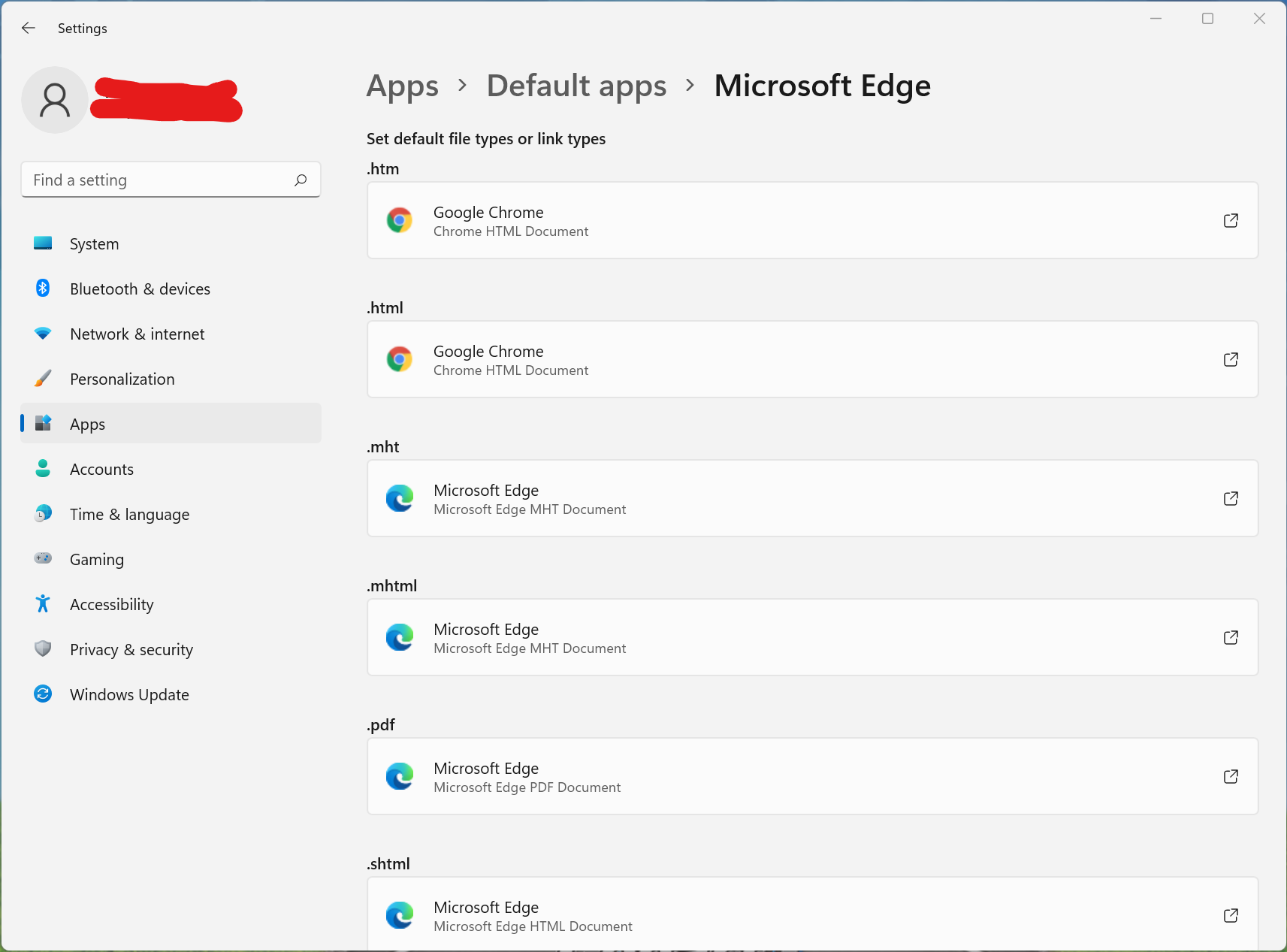A great graph on all the times SEO was pronounced dead, yet the market value of the SEO industry keeps growing. Graph by Chris Lourenco on linkedin.

A great graph on all the times SEO was pronounced dead, yet the market value of the SEO industry keeps growing. Graph by Chris Lourenco on linkedin.

Sam Altman’s June 10, 2025 post on achieving singularity captured something I’ve been thinking about lately. There’s a particular passage that perfectly describes how we’re constantly ratcheting up our expectations:
Already we live with incredible digital intelligence, and after some initial shock, most of us are pretty used to it. Very quickly we go from being amazed that AI can generate a beautifully-written paragraph to wondering when it can generate a beautifully-written novel; or from being amazed that it can make live-saving medical diagnoses to wondering when it can develop the cures; or from being amazed it can create a small computer program to wondering when it can create an entire new company. This is how the singularity goes: wonders become routine, and then table stakes.
This hits at something fundamental about human psychology. We have this remarkable ability to normalize the extraordinary, almost immediately.
I see this everywhere now. My kids casually ask AI to help with homework in ways that would have seemed like science fiction just three years ago. We’ve gone from “can AI write coherent sentences?” to “why can’t it write a perfect screenplay?” in what feels like months.
The progression Altman describes—paragraph to novel, diagnosis to cure, program to company—isn’t just about AI capabilities scaling up. It’s about how our mental models adjust. Each breakthrough becomes the new baseline, not the ceiling.
What struck me most is his phrase: “wonders become routine, and then table stakes.” That’s exactly it. The wonder doesn’t disappear because the technology got worse—it disappears because we got used to it. And then we need something even more impressive to feel that same sense of possibility.
On The Verge‘s Decoder podcast, Matt Garman, CEO of AWS, explained why AI’s potential is intrinsically tied to the cloud. The scale and complexity of modern AI models demand infrastructure that only major cloud providers can deliver
You’re not going to be able to get a lot of the value that’s promised from AI from a server running in your basement, it’s just not possible. The technology won’t be there, the hardware won’t be there, the models won’t live there, et cetera. And so, in many ways, I think it’s a tailwind to that cloud migration because we see with customers, forget proof of concepts … You can run a proof of concept anywhere. I think the world has proven over the last couple of years you can run lots and lots and lots of proof of concepts, but as soon as you start to think about production, and integrating into your production data, you need that data in the cloud so the models can interact with it and you can have it as part of your system.
Huggingface just released their agentic library to interact with LLMs. I liked the way they define agents.
AI Agents are programs where LLM outputs control the workflow.
And the way they defined the spectrum of agency for the agents

I like to do 30 day challenges to explore new areas, or to form habits. Some of my previous ones were
I am starting a new challenge today, to create software by leveraging AI. The recent boom in AI and GenAI specifically has made it very easy and quick to bring your ideas to fruition. It is time to start coding and developing software for ideas that have been swirling in my head for sometime.
I will be publishing them at https://kudithipudi.org/lab . I will expand and write up about some ideas and the experience in bringing them to life.
Inspired by https://tools.simonwillison.net/.
Amazing conversation with Bret Taylor on agentic workflows leveraging AI in the enterprises. The whole conversation is worth listening to multiple times, but this specific segment where Bret speaks about the difference between traditional software engineering and AI driven solutions was thought provoking on how much change management organizations have to go through to adopt to these new solutions.
Now if you have parts of your system that are built on large language models, those parts are really different than most of the software that we’ve built on in the past. Number one is they’re relatively slow compared — to generate a page view on a website takes nanoseconds at this point, might be slightly exaggerating, down to milliseconds, even with the fastest models, it’s quite slow in the way tokens are emitted.
Number two is it can be relatively expensive. And again, it really varies based on the number of parameters in the model. But again, the marginal cost of that page view is almost zero at this point. You don’t think about it. Your cost as a software platform is almost exclusively in your head count. With AI, you can see the margin pressure that a lot of companies face, particularly of their training models or even doing inference with high-parameter-count models.
Number three is they’re nondeterministic fundamentally, and you can tune certain models to more reliably have the same output for the same input. But by and large, it’s hard to reproduce behaviors on these systems. What gives them creativity also leads to non-determinism.
And so this combination of it, we’ve gone from cheap, deterministic, reliable systems to relatively slow, relatively expensive but very creative systems. And I think it violates a lot of the conventions that software engineers think about — have grown to think about when producing software, and it becomes almost a statistical problem rather than just a methodological problem.
AI will not replace humans but humans who use AI will replace humans that don’t – Dr. Fei-Fei Li
Really liked this simple explanation on the difference between BDR and BCP shared in a hacker news discussion

A tongue in cheek headline :-). The post is not about body muscle, but about how you can flex your market power (muscle).
Here is a screenshot comparison of default apps settings in Microsoft Windows 10 and Windows 11. Notice how instead of just giving one option to change the default browser, Microsoft has moved the option to change it by file extension? Does a layperson even know the difference between htm, html, http and https? A clever way for Microsoft to make it a bit more difficult to switch away from edge (Microsoft’s new Internet browser). Some might even call it sinister 🙂


Update Oct 11 : Looks like the main stream media is catching up on this. The Verge has a post on this topic https://www.theverge.com/22714629/windows-11-microsoft-browser-edge-chrome-firefox
A simple and useful visual of joins in SQL by Taylor Brownlow from this post https://towardsdatascience.com/take-your-sql-from-good-to-great-part-3-687d797d1ede
